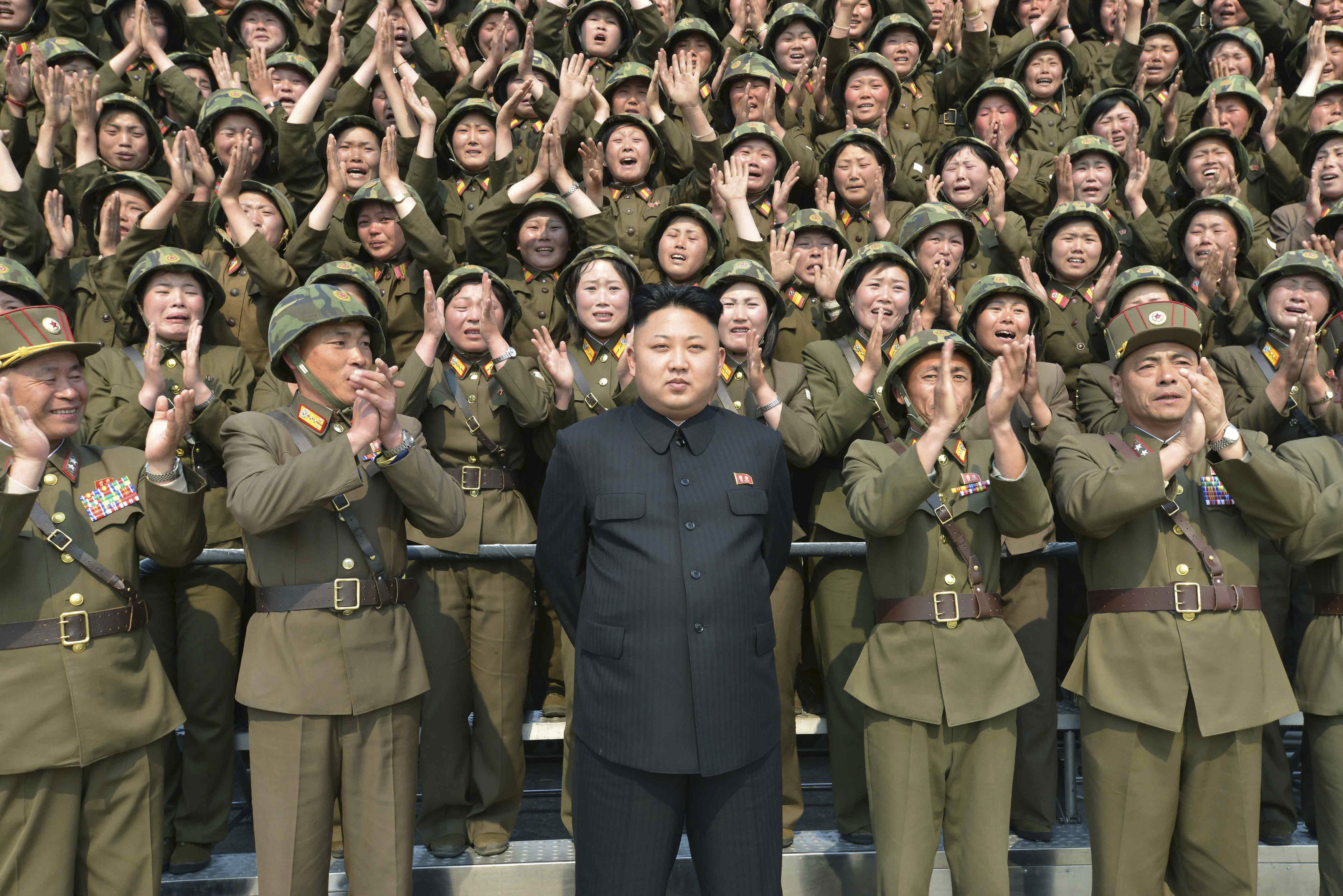Tensions between the US and North Korea have reached historic levels, Robert Litwak at the Woodrow Wilson International Center for Scholars told the New York Times.
After North Korea’s military parade in Pyongyang on Saturday, a failed missile test, and another potential test of a nuclear device experts say is ready to go, Litwak said the situation resembled “the Cuban missile crisis in slow motion,” referencing the peak of Cold war tensions in 1962 when the Soviet Union sent nuclear ballistic missiles to Cuba.
Except, Litwak said, it’s not in slow motion anymore, given the US’s new approach to North Korea.
US Secretary of State Rex Tillerson said that “our policy of strategic patience has ended,” signaling a tougher stance toward South Korea’s volatile neighbor. On Monday, Vice President Mike Pence, speaking from the demilitarized zone between North Korea and South Korea, echoed Tillerson’s comments nearly verbatim.
Pence added that the US would stand by its "iron-clad alliance" with South Korea, saying that "all options are on the table to achieve the objectives and ensure the stability of the people of this country."
President Donald Trump told CNN on Monday that North Korea has "got to behave." The White House's forceful response to North Korea camem after a New York Times report that found the US had been waging a covert cyber warfare operation against Pyongyang for at least 3 years. The report attributes North Korea's high rate of failure with Russian-designed missiles to US meddling in the country's missile software and networks.
Despite the country's recent failed missile launch, "the big takeaway is that they're taking this seriously," Jeffrey Lewis, a North Korea expert at the Middlebury Institute for International Studies at Monterey, told the Times. "They're trying to develop operational systems that might actually survive on the ground."

